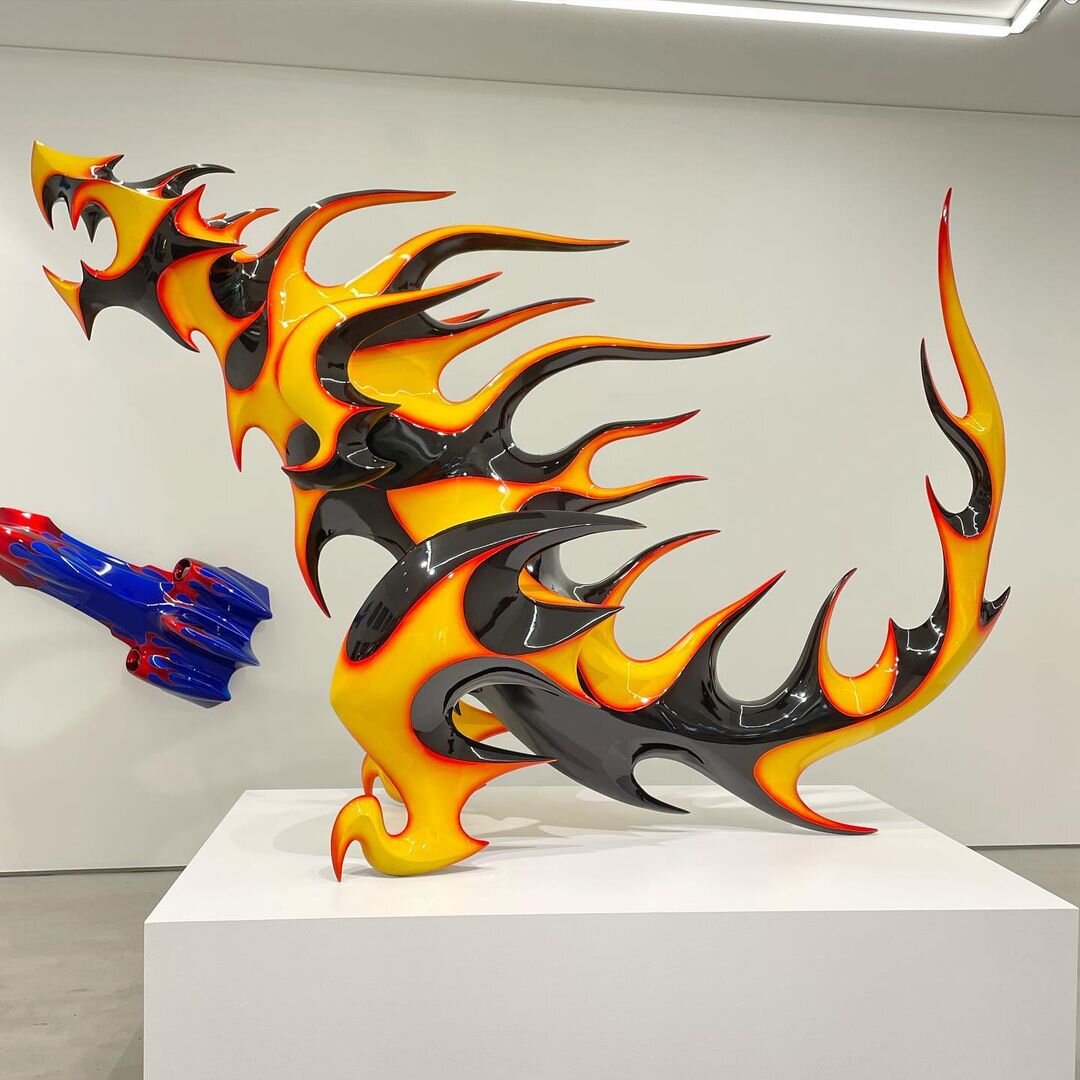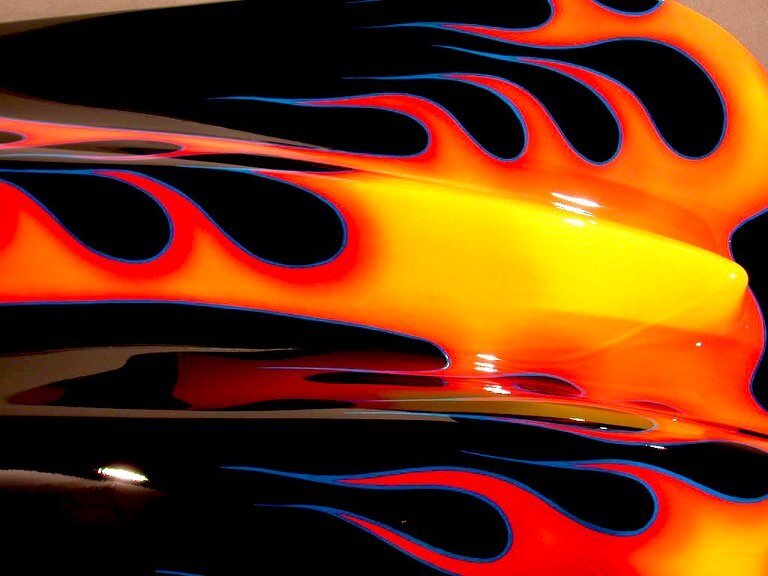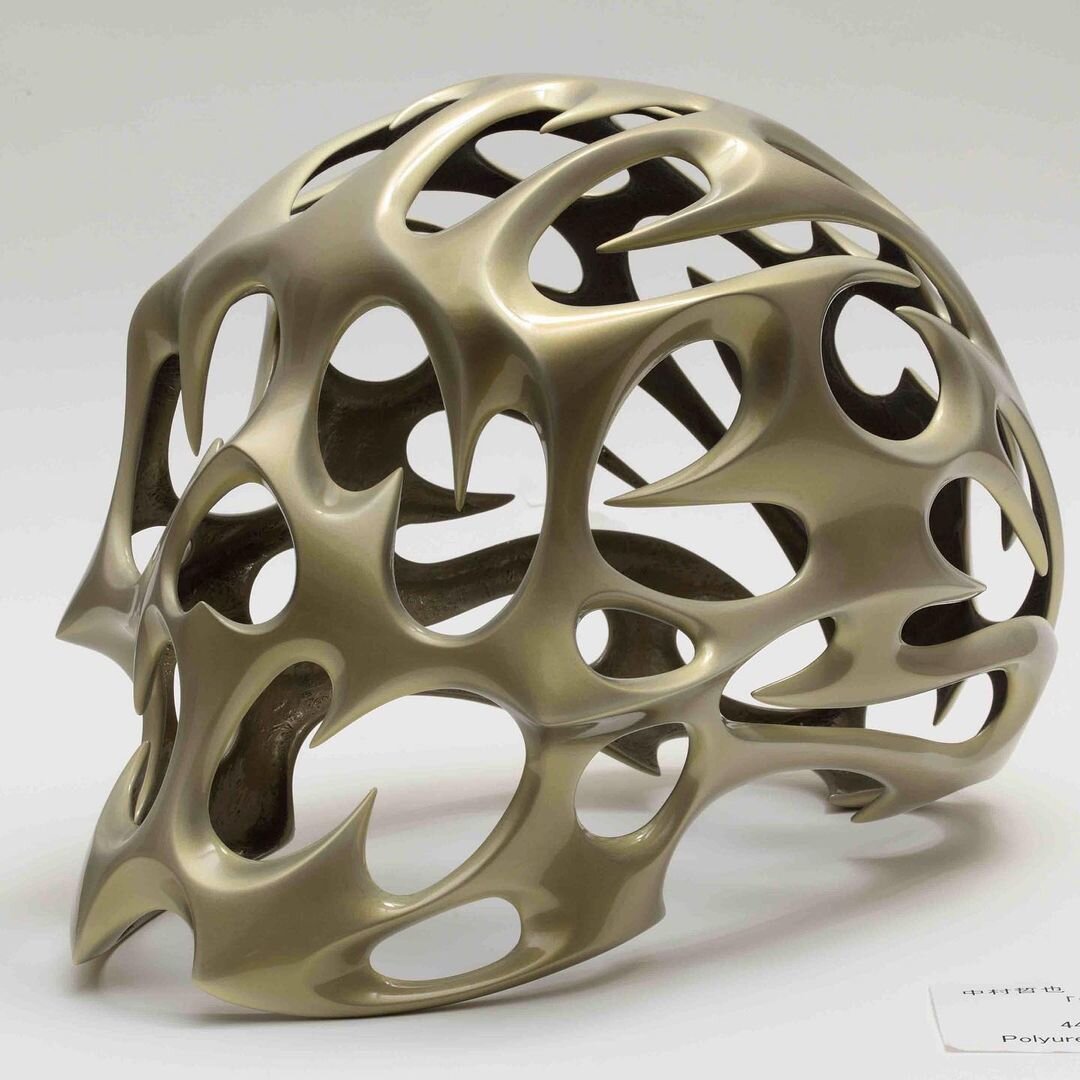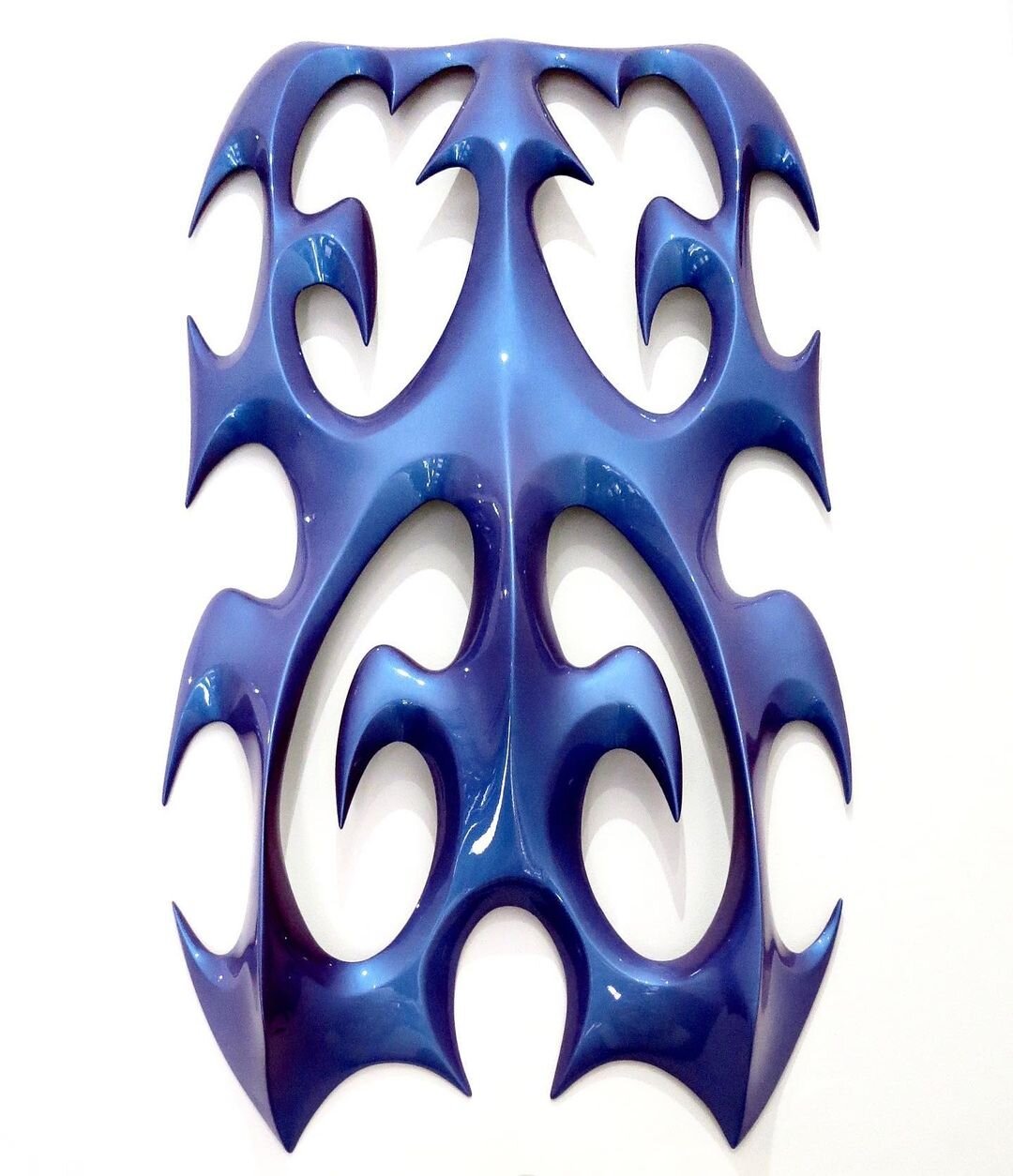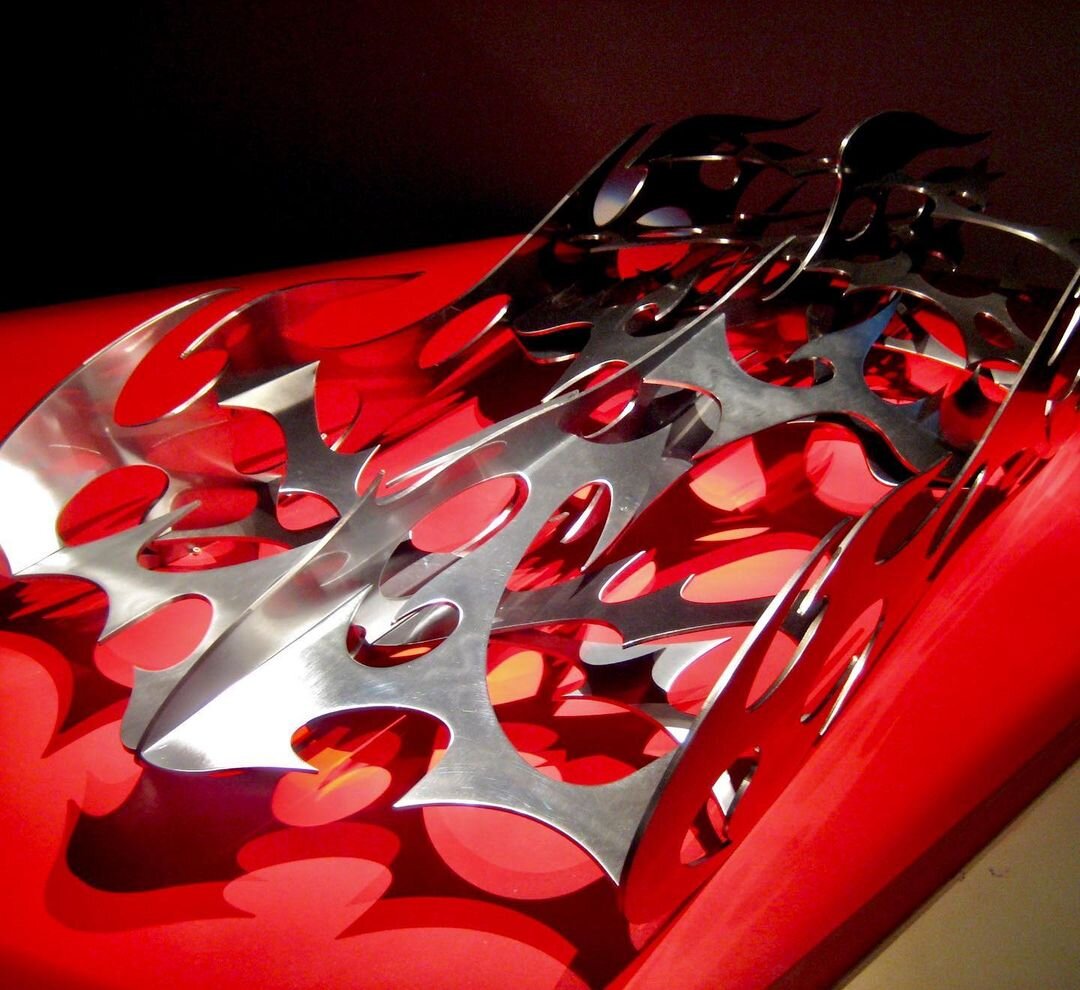Tetsuya Nakamura
Tetsuya Nakamura works in fascination: seeing beauty in nostalgic pace, glossing over old objects and casting histories in new resin. We spoke through our screened-distance, of seeking and finding balance in a redefined world designed around appreciation that rejects inauthentic change.
I'd like to start by talking about your two solo exhibitions (NANZUKA 2G and 3110NZ) that were held in Japan this year. (On covid) Could you tell us about the process of realizing these exhibitions, which were held in a strange time that we have never seen before?
I had already decided to exhibit mainly new works at NANZUKA2G and pick up from old works (although I also made new works) at 3110NZ, so there was no hesitation in the production itself.
However, since it was my first attempt to make a monster-shaped sculpture like Godzilla, I was afraid of the reaction of the owner, Mr. Nanzuka, to my new work, so I kept him in the dark about what I was working on. So I didn't let him know what I was working on until the day before the exhibition.
I think he was probably very anxious, but I admire his courage and am very grateful to him for letting me work freely without any prompting.
I have read about your links to Futurism, can you elaborate on that and your other influences? Can you elaborate on that and your other influences?
If there is a connection to Futurism, it is because of the form, not because of any ideological connection.
It is futuristic in the sense that it creates something that has never existed before, but art is always futuristic and has no fixed value. My parents' generation, the ones who rebuilt Japan after World War II, worked hard to catch up, using information from the U.S. as a model, not only for art, but also for music, sports, car culture, fashion, and lifestyle.
Being born in the late 1960s, I am also fascinated by the beauty of machines and their speed, but rather than finding a sense of beauty in them as something new, it is probably more like a process of picking up what has already been ingrained in us as a natural landscape that is as natural as the natural things around us. If there is a connection to Italian Futurism, it is through America, and I analyze my style of work to answer to my influences from American culture. Your 2D and sculptural works are aesthetically very different, can you speak more about the links between both art forms and why you choose to work in both of them simultaneously? Can you speak more about the links between both art forms and why you choose to work in both of them simultaneously?
I have never created or exhibited two-dimensional works and three-dimensional works as two separate things. The wall work "Heroes" shown at 3110NZ is two-dimensional, but it is actually a cut-out of a three-dimensional work in the shape of a regular hexahedron. One of my current interests is the relationship between the shape of a solid and the details that make up its surface.
For example, the rounded cars of the 50's and 60's were given solid paint and organic colors like fire patterns, while the angular cars of the 70's and 80's were given pinstripes with only lines and geometric strobe patterns. There is a way to create a surface suitable for the shape. In my work, the three dimensions are deeply related to each other in order to make the surface work, and the surface paint is related to the three dimensions in order to make the three-dimensional work.
Who do you see working around you either in the digital or physical space that challenges and/or inspires you?
I think I am inspired and influenced by many things.
Can you remember the first exhibition you were a part of? Where was it and who was involved?
My first exhibition in 1993 was held in a rented space in Tokyo. I covered the walls with gold leaf and lined them with many insect specimens. I was inspired by my brother, who is an entomologist, to take up insects.
I chose gold leaf as the material and combined it with the techniques I learned from restoring temples, where I was working part-time as a student at the time.
I remember that Takashi Murakami advertised it to many people.
Does social media influence your perception of your work?
I think it's great that more people have the opportunity to see my work.
Of course, it is best to see the work in person.
It's a valuable tool to get information, especially now that travel is restricted in COVID-19.
How do you see yourself in the 'modern' art world ? Do you have hopes for the progression of the art world inc. the relatively recent arrival of NFTs etc ? What do you think of the relatively recent arrival of NFTs etc?
I think it is meaningless to follow the style of works that are currently being evaluated, because it is not possible to acquire new expressions. I believe that creating something that is not yet appreciated is what art is all about. I have no idea how my work will be positioned in the contemporary art world, but I try to create with a unique sensibility that does not lie.
Can you talk me through your creative and studio practice?
My father ran a vinyl processing factory and a small museum for tea ceremony utensils and other antiques.
Because of this, I studied Japanese arts and crafts when I was a student, and at the same time, I acquired the skills to work with my hands and create.
Even now, I do most of the work by myself without any assistants, from coming up with ideas to finishing the work.
It's a blissful time when I can face my work alone and nothing can replace it.
Is or has collaboration been an important or difficult part of your work?
I believe that collaboration is a good opportunity to give us new possibilities and values.
The more difficult a project seems, the more challenging I become.
What impact has COVID had on your work and the nature of the creative hive mentality in your peer group?
COVID itself is a threat, but I am more afraid of the situation in the world that is being strained by it.
Especially in the countryside where I live, I often feel discrimination against infected people and their families, conflicts due to differences of opinion, and peer pressure.
I am wondering if we can find a good balance to overcome this situation.
Which projects are you most excited about working on in the future?
We can't announce it yet, but we have some exciting projects in the works.
If you could exhibit anywhere/ as part of any show or collective, where would it be?
A design work that would have a positive influence on a film, like Giger's "Alien".
I am very curious to see what kind of power a work of art has when it goes outside the art world.
interview SISI SAVIDGE
What to read next




